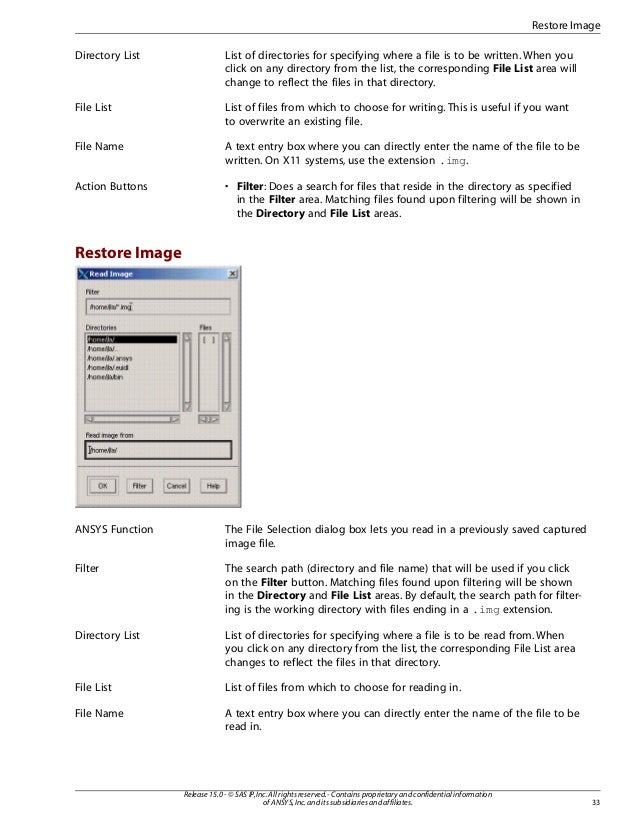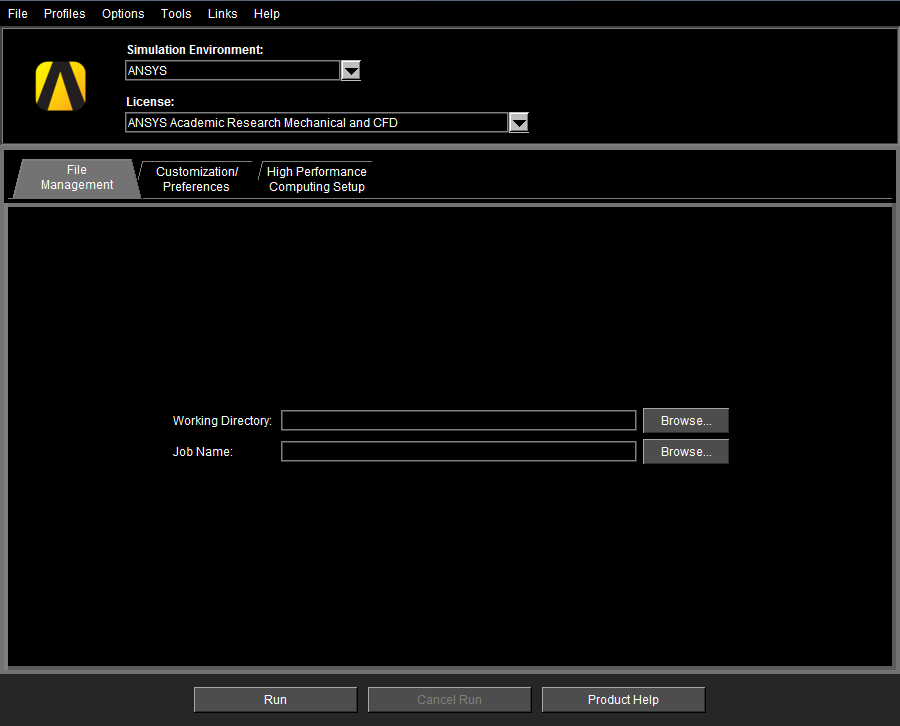

And the index values are stored in this 0 row, column, or plane. So instead of going from 1 to 10, the array goes from 0 to 10. What ANSYS does is take an actual array, and add a 0 column, row or plane to the array. One other key thing to know about tables before we get into the details is the way they work. More on how to define what values to use as an index below. The simples example of this is a nodal force using the F command:įor each substep, the solver will interpolate a force value for node 47 in the X direction based the value of things like time, frequency, position, temp, and such for the current substep. And the solver will input proper index values at solve time. You get an interpolated value by simply using it in a formula:Īlso, many commands in ANSYS Mechanical APDL take a table as an argument. So you can make a value dependent on a location in 3D space, val(x,y,z), space and time, val(x,y,z,t), or even some input you need to use, val(x,y,z,t,myVal). What makes it even better, is that the table can be multiple dimensions. Think of it as a graph where instead of points you have a line: And when you refer to a value in a table the program does a linear interpolation between the numbers you supply to get the value at that location. But tables are unique in that the indices are real numbers rather than integers. variables and arrays are just like variables and arrays in most programming languages.

The APDL language has three type of parameters: variables (single numbers or 8 character strings), arrays, and tables. There is a lot more you can do with tables, but we will save that for future articles. This article will just touch on the simple aspects of tables that every user should know. In fact, if you look at the input file that ANSYS Mechanical sends to the solver, it is often full of tables that ANSYS Mechanical makes. One of those cool powerful things you can do in Mechanical. This is useful to you as well because you can use code snippets in ANSYS Mechanical to define some very sophisticated loads without ever getting into Mechanical APDL. And, now that it is Friday morning and we still do not have a FOCUS article for the week, I thought it would be a good time to review the basics of Tables in APDL.ĪNSYS Mechanical (Workbench) users, do not leave and go back to reading TMZ. Unlike that other software, we have tables in ANSYS and you can use those to interpolate data relative to some other value. Then I realized that you did not need to compile any code. I immediately explained that it was not that hard, as long as you have the right compiler. He wanted to define some properties with respect to time and his rotational speed and wanted to know how hard it would be to write a custom routine in ANSYS to do that. I was having a discussion with a user who is very experienced with a FEA tool other than ANSYS.


 0 kommentar(er)
0 kommentar(er)
